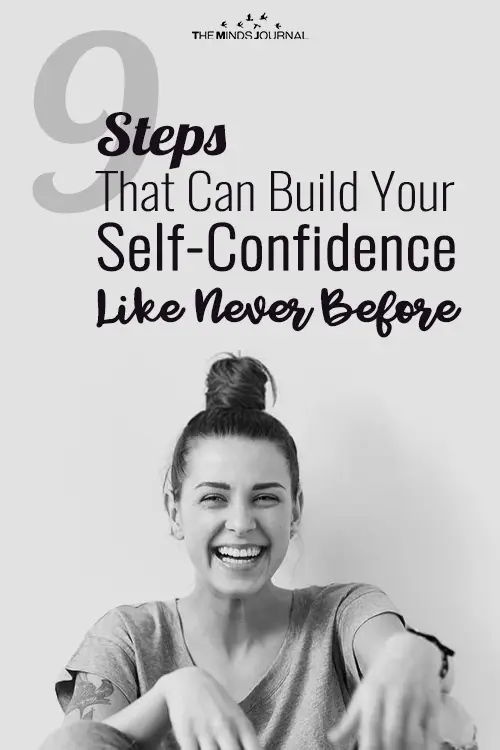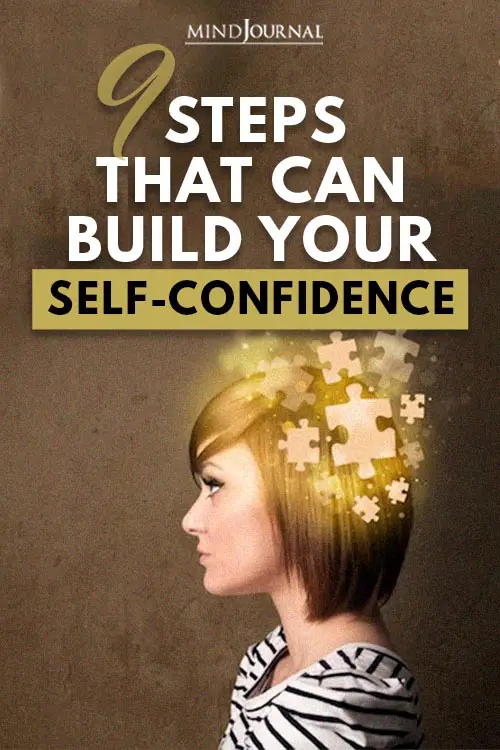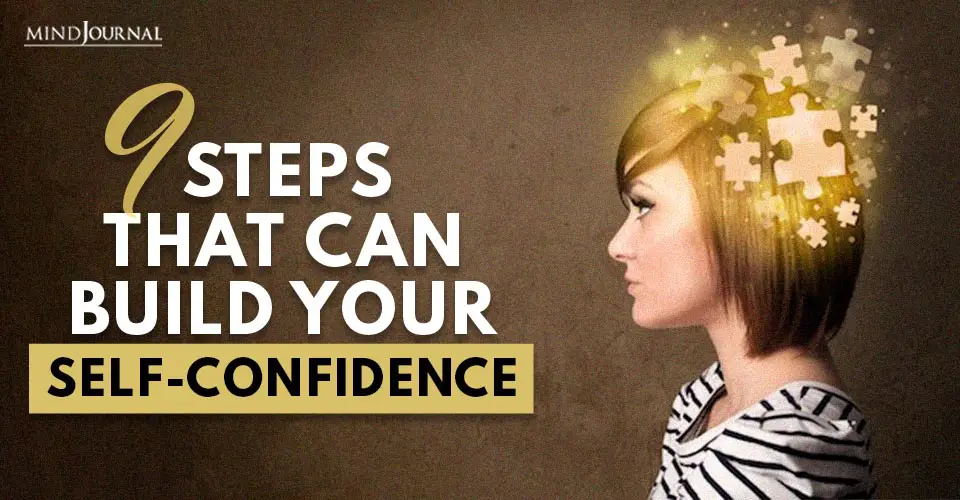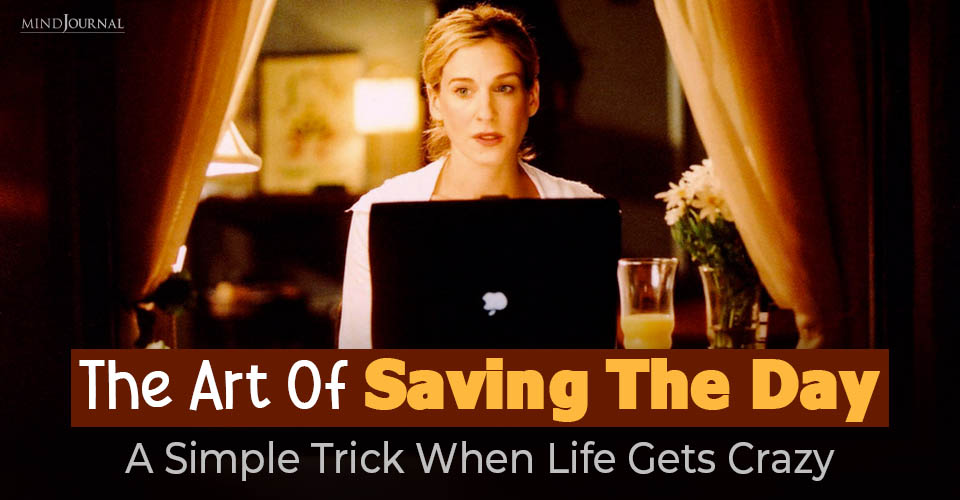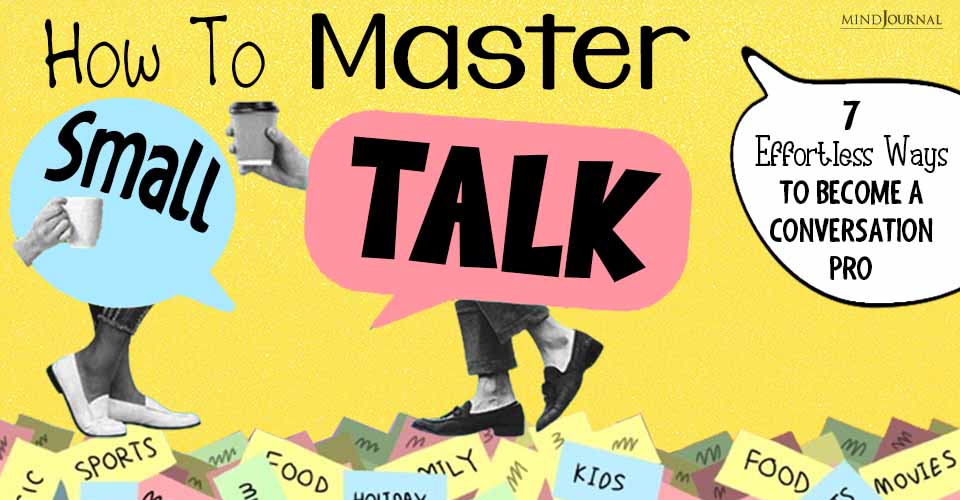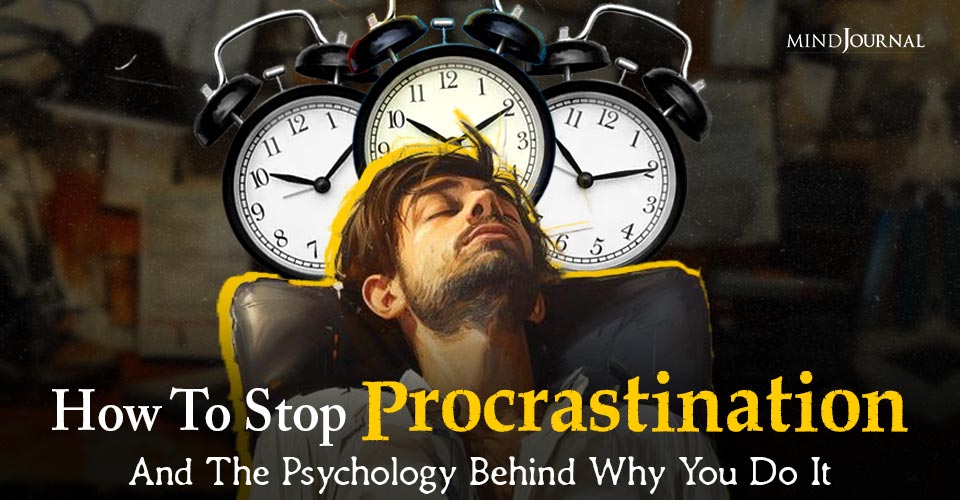Having self-confidence allows you to trust yourself and your abilities more. But oftentimes when we fail to achieve our desires, we tend to mistrust ourselves. Sometimes we struggle to trust in our own abilities, capacities, and judgments, or belief that we can successfully face the challenges ourselves.
Do you lack self-confidence? If the answer is yes, then you can follow a few steps that will build your self-confidence to the T.
First, you need to recognize and fully understand the problem and take action to seek a solution. Next, you must begin to educate yourself. This is the step that lasts forever.
To truly achieve progress, we must never stop learning.
One important thing to understand is that building self-confidence is a process. It won’t happen overnight, but you will begin to see and feel results as soon as you start consistently working at it. The good news is that building self-confidence is something that can easily be achieved with a little knowledge and some persistent effort.
As you begin to practice what you learn, and start building your self-confidence you will also begin to achieve more success in your life. This success will begin to compound the growth of your confidence itself. The result is a snowball effect that helps you learn how to be confident even faster than expected.
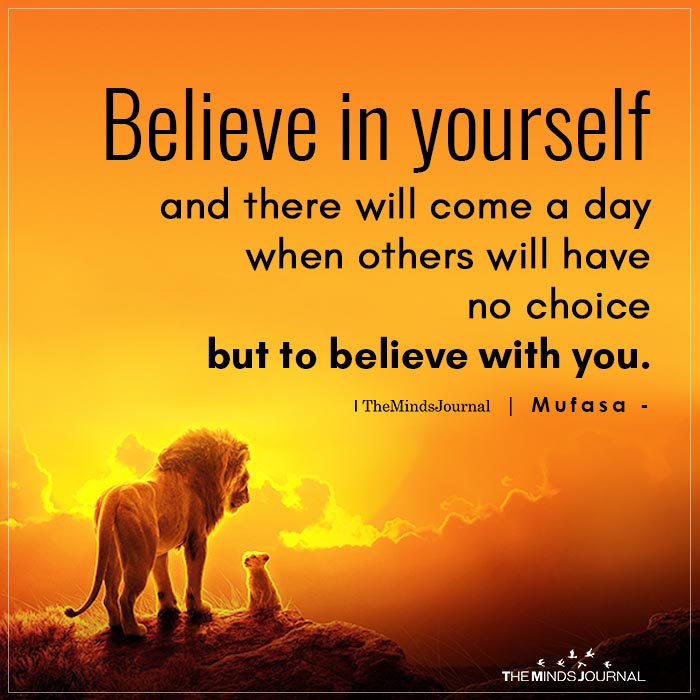
Confidence creates confidence! Also once your self-esteem starts improving, you will notice positive changes in your life. Most importantly, your doubts will begin to recede into distant memory and disappear permanently.
Here are 9 steps that will help you in building self-confidence in yourself.
1. Get Prepared
One of the most important steps to build your self-confidence is to get prepared. You need to clearly recognize where you are and what your goals are. Only then can you create an effective plan to get there. You know where you stand in regards to your self-confidence.
You are aware of the types of situations that you can handle comfortably and the types of situations that you have difficulty with. Reflect on this for a moment and try to get a clear understanding of where you are right now with regard to your path to self-confidence.
Now consider where you would like to be. Imagery is a powerful mental tool. Visualize yourself doing the things that currently make you uncomfortable. When you do this, picture yourself doing these things with ease, completely relaxed internally as if it were something that you had mastered and completed hundreds of times.
If your mind can think of it, it can achieve it. Now you have a clear picture of where you are and of something that you want to accomplish. File these mental pictures away or write them down. This is your motivation and you can fall back on it whenever you need to.
Read How To Boost Your Self-Esteem Quickly: 12 Simple Tips
2. Having The Right Mindset
The next step to building your self-confidence is to adopt the proper mindset. You must believe that your goals are possible before you commit yourself to them. If this is difficult for you, just remember to indulge in constant positive and rational thoughts. If you think about your goal rationally, it becomes clearer that it is not only possible but entirely probable.
These practices for building self-confidence have been tried, tested by hundreds of people over the years. Humanity has had plenty of time and test cases to sort out what works and what doesn’t by now. Rest assured that the information is out there and that what you desire is indeed quite possible. Eliminate any and all doubts about that right now. Accept it rationally and move on.
3. Stop Defeating Yourself
Another important part of your mindset is to make sure that you stop working against yourself. We tend to pick up bad habits that perpetuate negativity in our minds. Make a conscious effort to remove self-defeating thoughts and to stop saying anything that puts you down. They call these bad habits “self-defeating” for a reason.
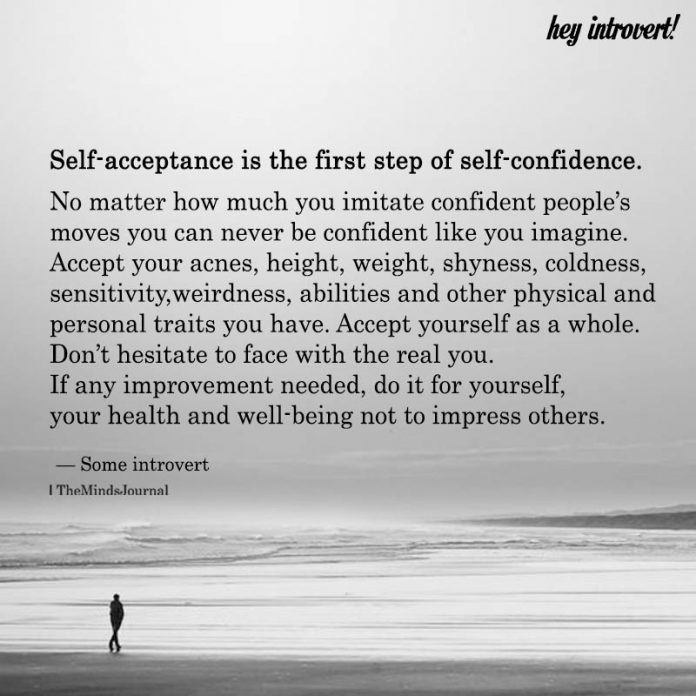
You’ve heard it many times “think positive“, and you will continue to hear it if you ask people who know about how to be confident. Stay positive, stay focused on your dreams and goals and take the right steps to get there.
4. Examine Your Strengths And Evaluate Them Rationally
The best way to identify your strengths is to take some time and think back over your entire life. Starting from your childhood, try to find memories of each significant accomplishment in your life. Regardless of who you are, I promise that there will be many. This is one of the best steps when it comes to building your self-confidence.
Don’t down-play anything. If you feel good about it, it matters. Write it down. If you won a foot race in 3rd grade and you remember the great feeling you had afterward, include it. Did you get the job out of all the 5 people that were interviewed? Include it. Compile a list.
Read STOP Killing Your Self-Esteem: 5 Habits You Need To Change Now
This will be something that you will refer to often (at least weekly) to remind you that you are actually quite capable of success. Focus on and highlight the ones that are the most important to you.
5. Analyze Your List
Now look at the list and think of it in terms of the things that you are currently comfortable with and the things that still make you uncomfortable. Are you able to see any trends?
You should begin to see where your strengths lie. What are the things that you are good at? Write these ideas down as well. We all need to be acutely aware of our strengths when we set out to accomplish any significant goals.
6. Develop A Plan
Another crucial piece of the process is the development of a tangible and clearly defined plan. This will help you measure and bear witness to the progress you make which will, in turn, reaffirm your belief that your efforts are paying off. By following a plan, you will learn how to be confident systematically and develop strong habits.
Your plan should outline your goals. Start by brainstorming a list of things that you feel that you could not handle comfortably but that you hope to be able to handle with ease in the future. These are your specific goals.
Include any accomplishment, even the ones that seem insignificant. For instance, I used to feel a little awkward when asking strangers for directions or help. I wanted to be able to approach and speak to anyone with confidence and so I would add this to my list.
Don’t be afraid to include the tough ones as well like asking for a promotion, giving a speech to a room full of 1000 people or asking the girl or guy down the hall out for dinner. Now put them in order from easiest to most difficult and focus on accomplishing each one before moving on to the other.
Each small accomplishment will earn you some amount of improved self-confidence that will help you to approach your goal, and achieve the next. Each accomplishment is a building block towards building self-confidence.
7. This is “Textbook” Goal Setting
You will move through these accomplishments from easiest to hardest over time and each time you achieve one, just like accomplishing any goal, you will reward yourself by knowing forever that you can do this. These small triumphs will never go away. They are stepping stones along your path.
Every time you move forward to another goal, consider how to apply your strengths to the situation to make it easier. “Work smart not hard” still applies whenever possible. Work on each step until it becomes as comfortable as an old hat.
To this day, I still sometimes find myself asking people whom I don’t know for directions or assistance, just to talk to them!! The things that we practice become a habit.
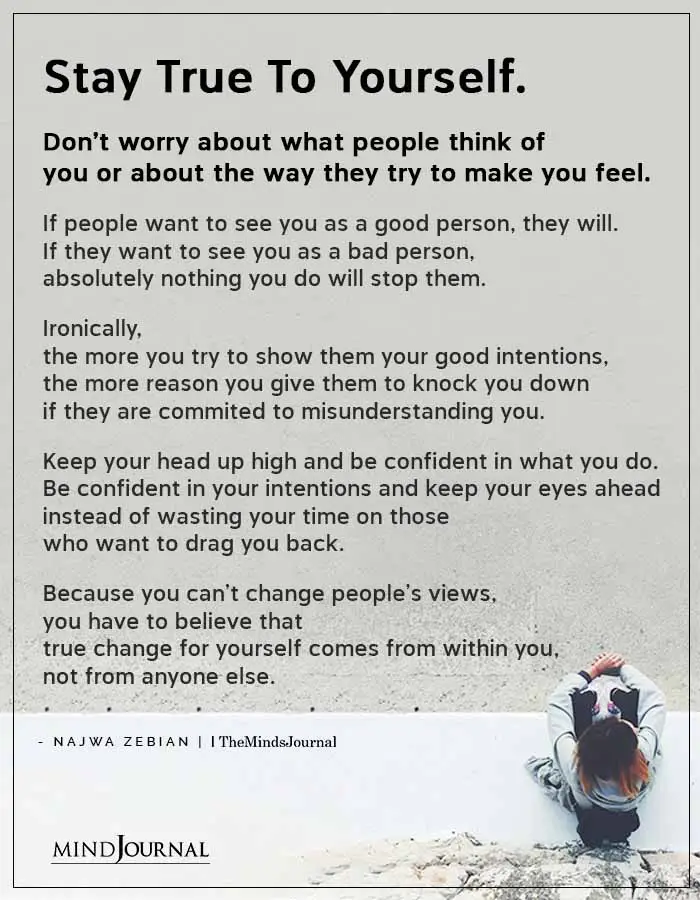
Have you ever heard the phrase “fake it until you make it?” The idea behind it is simple and lends itself well to building self-confidence. By practicing something enough and putting yourself out there, you will begin to incorporate these activities into your life in such a way that they become a habit. They become easy. They begin to define you.
Read 23 Beautiful Ways Confidence Transforms You and Your Life
To a significant degree, you are what you do. Once you realize this concept fully, you begin to see that you truly can become anything that you want to be. You take action and begin to define yourself. You are seeking information right now which tells me that you are already practicing this concept whether you knew it or not. You are taking action to define or redefine yourself into someone with greater confidence. In a way, you are in fact learning how to be confident right now simply by taking action!
8. Make A Commitment To Yourself
As you move forward in your learning and begin to progress towards building your self-confidence, you will run into some stumbling blocks. There will always be a small desire to quit, give up or avoid challenging obstacles. Just remember that taking the easy path is akin to hiding from a challenge and works to break down your confidence rather than build it up.
When possible, remain committed to your personal growth and push through challenges. The best part is, even if you fail, you will still gain confidence because you stood and faced the situation. You tried! There is significant courage to be found by simply facing the fear or doubt and making an attempt. If it doesn’t kill you, it will make you stronger. If it might kill you, then by all means reconsider!
9. Building Self Confidence Relies on Rational Thought
You will likely find that self-doubt will always try to creep in. But you will be looking for it. Learn to recognize it for what it is each time it happens. When these doubts present themselves in your mind, all you really have to do is back up and truly and objectively examine the situation. Is it really possible to do this? Do people do this sort of thing all the time? If so, then yes, it’s quite likely that you can learn and do it as well.
If on the other hand, you doubt something because of a rational objection, it is also quite possible that a significant challenge lies there and the situation may warrant further evaluation, a new plan or acceptance that it is an unlikely goal. If you are 50 years old and you haven’t been in the Air Force or gone to college, becoming an astronaut might be a little bit out of reach, or perhaps the path would be so challenging that the means may not justify the end result.
For instance, at a certain time in a colleagues’ life, he was determined to go to medical school and become a doctor. He was a great student, already had a bachelor’s degree and many of the prerequisite courses completed. However, he was 35 and also had 3 children and no income. He started out determined and confident but eventually, doubts began to form in his mind.
Careful examination told him that remaining dedicated and confident might get him pretty far and friends and family would help as much as they could but, 4-5 years of borrowing money and surviving with no income before being able to work again might prove to be more strife than it was worth. Trying to handle that while completing one of the most academically rigorous career paths in existence might not even be healthy.
He simply did not have a realistic and maintainable plan that suited his current situation. Careful thought revealed that his motivation was based heavily on money and prestige which might be bad reasons to drag his family through such difficulties. These realizations finally brought him around to reconsidering this career path as a viable option.
Read: 7 Tips To Gain Confidence And Boost Your Self-esteem
The moral of this is that not all doubts are irrational and based on fear but many of them are. Be realistic when evaluating your doubts as well as your goals. As you continue to learn how to be confident, you will also learn how to better evaluate your goals and fears.
Hopefully, some of these concepts will help you be better prepared as you continue along the path of building your self-confidence. Take this advice into consideration and prepare yourself mentally as you continue your efforts to learn how to be confident in all aspects of your life. You will be more open and willing to accept any direction that you receive. Get prepared and begin to make your way toward a new and more confident you.
So What Should You Do Now?
Now that you have a couple of ideas about how to get your head in the right place and your self-confidence level has the potential to reach new heights, you’ll need a plan and the willingness to follow it.
If you want to know more about the steps to building your self-confidence, then check out this video below:
